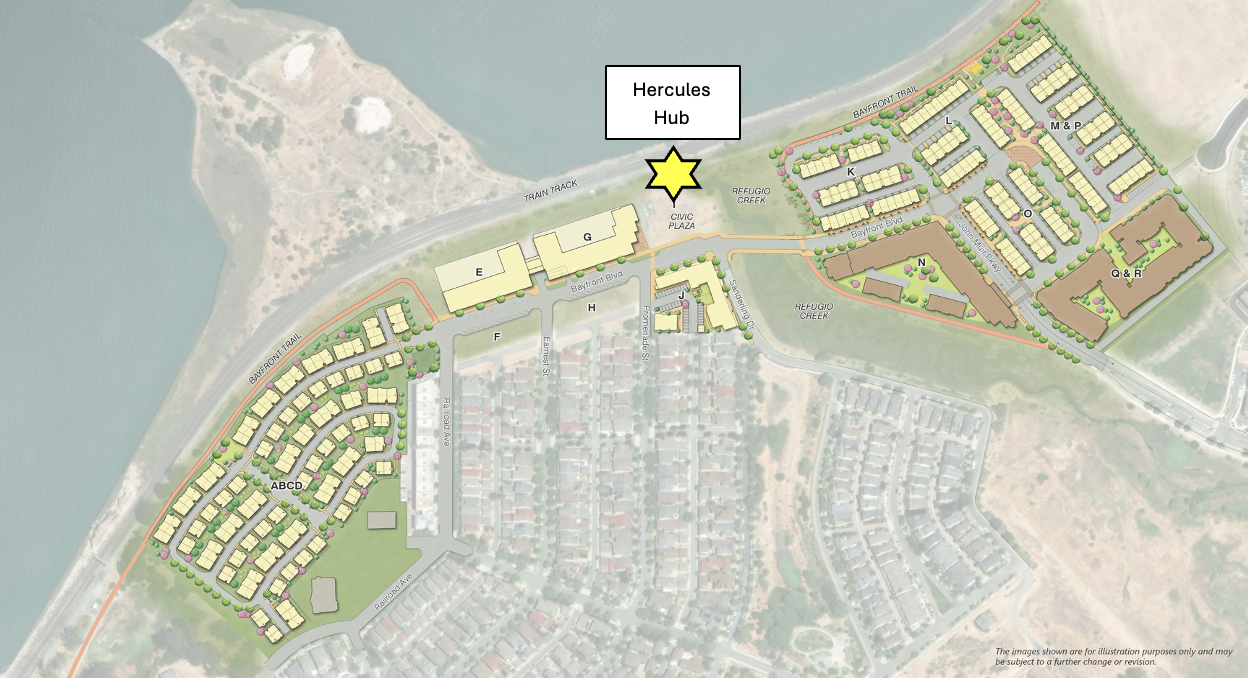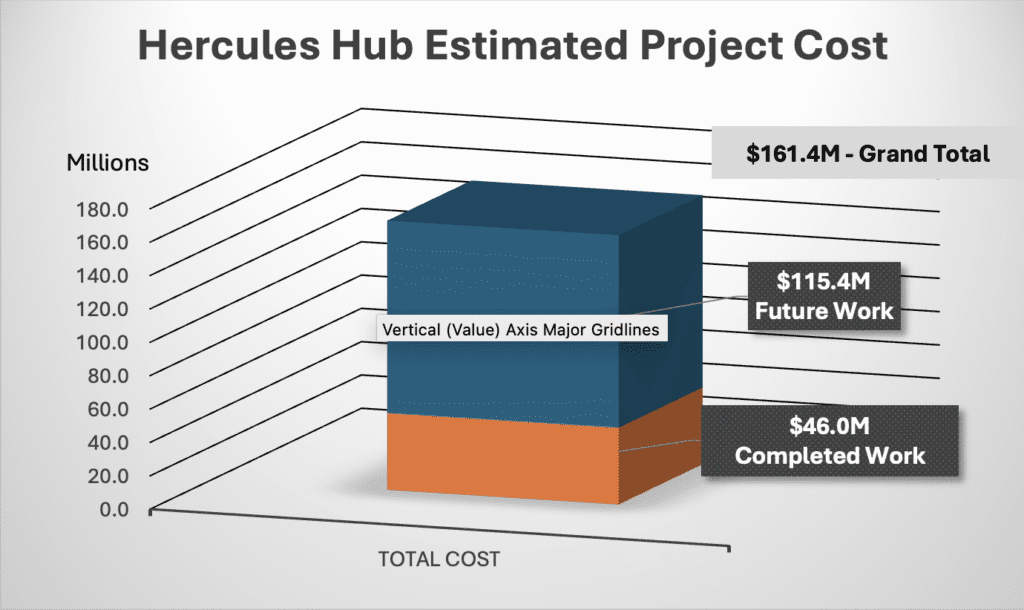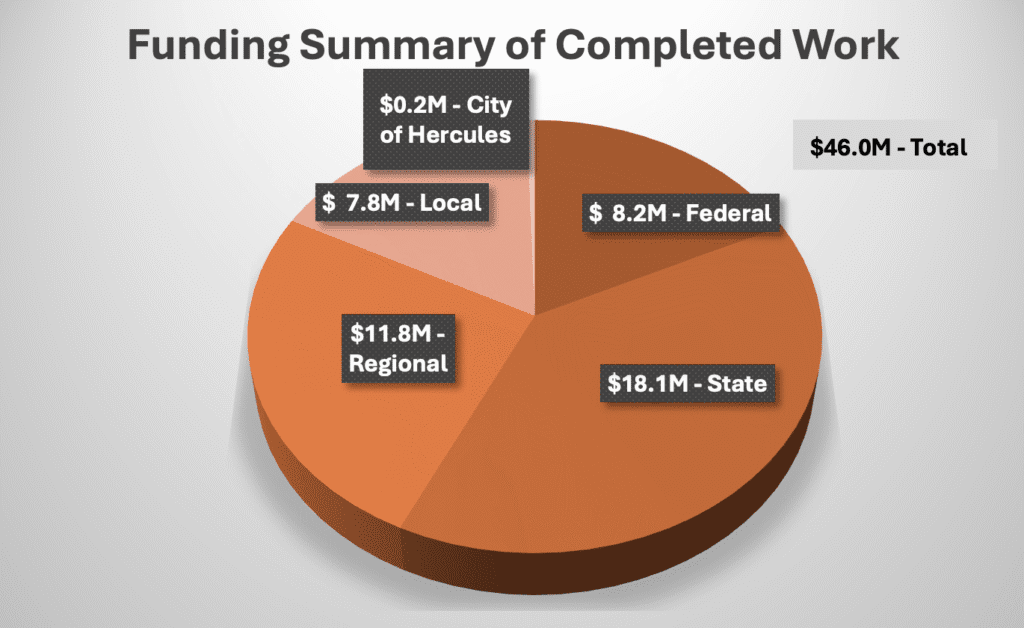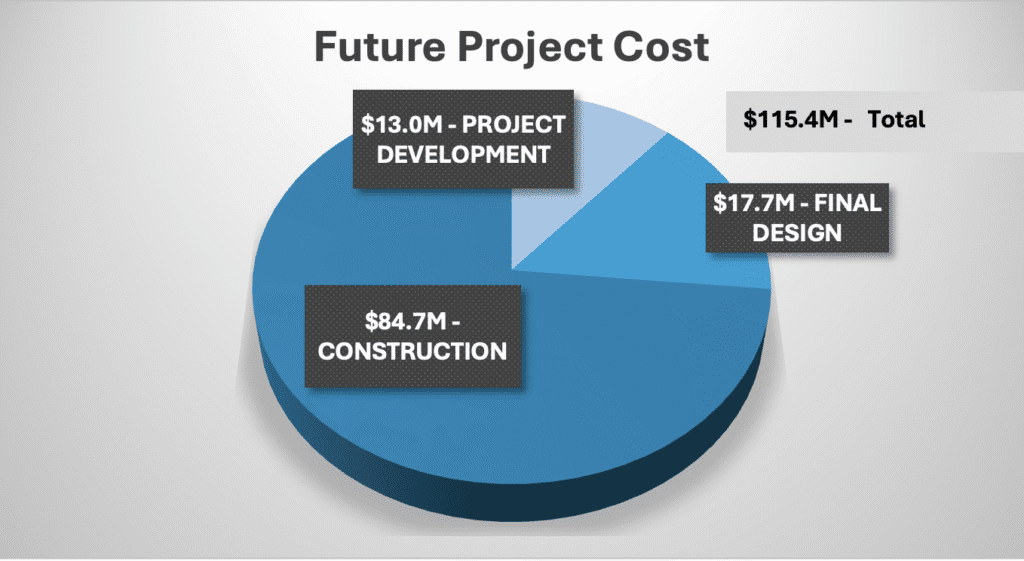FAQ
-
What is The Hub?
The Hub is a regional, state-of-the-art housing and transportation development in Hercules. It will connect thousands of housing units with a new train stop along the Capitol Corridor, bicycle and pedestrian pathways, bus routes, carpool options, and a future ferry service.
The Hub has all the components of the ideal regional housing and transit center. It will be a model for successful transit-oriented communities throughout the Bay Area.
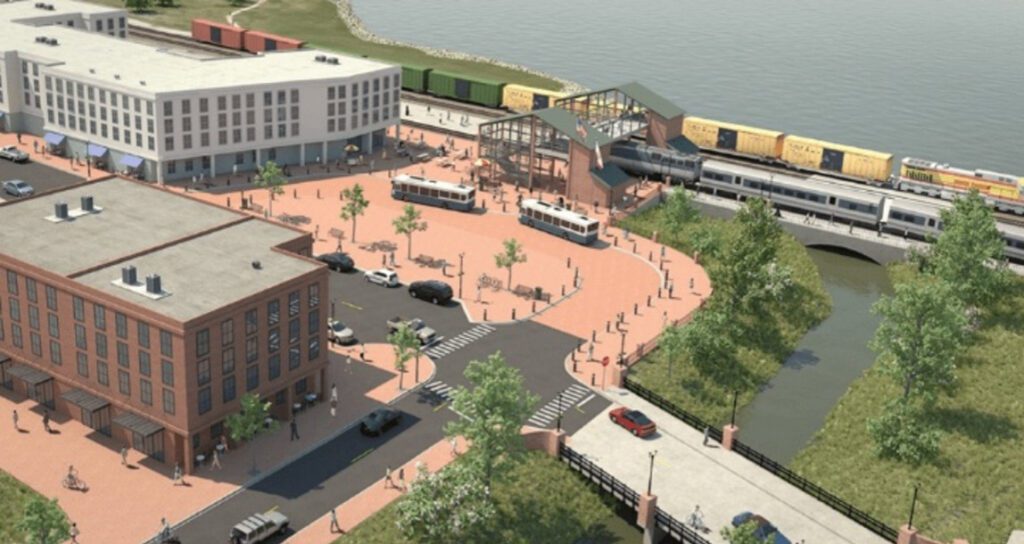

-
How will The Hub impact our community?
The Hub is a regional model for transit-oriented communities, creating a transit hub adjacent to the Bayfront Transit Village. This will put up to 1,000 residential units and 165,000 square feet of retail, commercial and hotel space in direct access to bus, train, carpool, ferry, bicycle, and pedestrian transit options.
Since the Hub will be within walking distance of the Bayfront transit-oriented development, it will generate new transit ridership without putting more cars on the street and expand commute options for a nearby community of concern. It will provide direct access to retail and other services close to home and reduce overall trip demand, contributing to social, environmental, economic, and health benefits. The California Department of Housing and Community Development has designated the project and adjoining Bayfront transit-oriented development as one of only thirteen Catalyst Projects in the state.
-
Are there any environmental benefits in building The Hub?
As climate change continues to worsen, the region needs solutions to make it easier, safer, and more affordable to move around without driving a car. Bay Area traffic is stifling the region, straining residents’ daily lives and the environment. The construction of The Hub will provide direct access to convenient transportation alternatives, which will help move cars off I-80, the most congested freeway in Northern California.
Currently, the Capitol Corridor and Amtrak San Joaquins trains pass through Hercules without stopping. By creating a new stop, The Hub will reduce the number of cars on our local roads and freeways, reducing greenhouse gas emissions. The station, plaza, access roadways, and trails are also designed to accommodate rising sea level projections to 2067.
-
What changes can commuters expect with the creation of The Hub?
The Hub will change how people move throughout the Bay Area, bringing transportation options directly to thousands living and working within walking distance of the station. It provides transportation connections to 165,000 square feet of retail, commercial, and office spaces in the Bayfront Village, which was developed after nearly two decades of community planning. This direct connection between the Capitol Corridor train service and nearby pedestrian and bicycle pathways, Richmond BART, Amtrak, and carpool programs will significantly impact commute patterns and help move people through the region – from Contra Costa and Solano Counties to San Francisco, Oakland, the South Bay, and Sacramento.
-
What is the projected timeline for construction of The Hub?
The Hub is already well underway. The project’s first three phases have been completed, including building the initial infrastructure, expanding the Bay Trail, extending local roadways and sidewalks, and adding new bicycle and pedestrian trails. Following this, utility, track, and signal work will begin.
After that, the Capitol Corridor Rail Station will be ready to be built. Additional funding is needed to complete this project’s final phase: building a fully functional, attractive rail station and transit plaza.
-
When will I be able to take the train?
Since grant funding to build the station is in the process of being secured, we anticipate that you will be able to ride the train sometime between 2032 and 2035.
-
What are the steps to get the train station open?
1. Secure funding
Secure funding for the Project Development Phase.2. Design work
Complete the Project Development Phase design to satisfy Union Pacific Railroad (UPRR) concerns and achieve eligibility for Federal Rail Administration (FRA) funding to complete the Project.3. Construction: anticipated to finish between 2032 and 2035.
-
What is taking place on the project today?
Work with FRA and Capitol Corridor Joint Powers Authority (CCJPA) to secure federal funds for the Hub.
Advance Project Design from 10% to 25%.
Continue to engage with Bio-Rad to determine how they can better advance the project.
Transfer of Refugio Creek encumbrance to John Muir Land Trust.
-
What’s the plan for parking at the station?
The Bayfront master developer will make 216 parking spaces within the development available to the public during the day on weekdays once rail or ferry service begins.
On-street parking within the Bayfront project will also be subject to a parking operations agreement between the City of Hercules and the developer once rail or ferry service begins at the Hub.
An option for the Hub’s transit plaza design includes two levels of underground parking that would provide additional spaces.
-
How much will the project cost in total?

-
How much has been spent on the project thus far?

-
How much is needed to complete the project?
This project will bring more than $115 million in funds from outside sources to create a valuable asset for the City of Hercules.

-
What is necessary to make the project successful?
Securing sufficient funds to design and construct the Hub train station and associated environmental mitigation. This includes federal funds from the FRA, state funds from the California State Transportation Agency, and local funds from a potential new Measure J sales tax extension.
Approval of plans by UPRR.
-
What is the project schedule?
Final Design would finish between 2028 and 2030.
Construction would finish between 2032 and 2035.
The early completion depends upon the decisions of UPRR and the various granting agencies on the preferred timeline.
